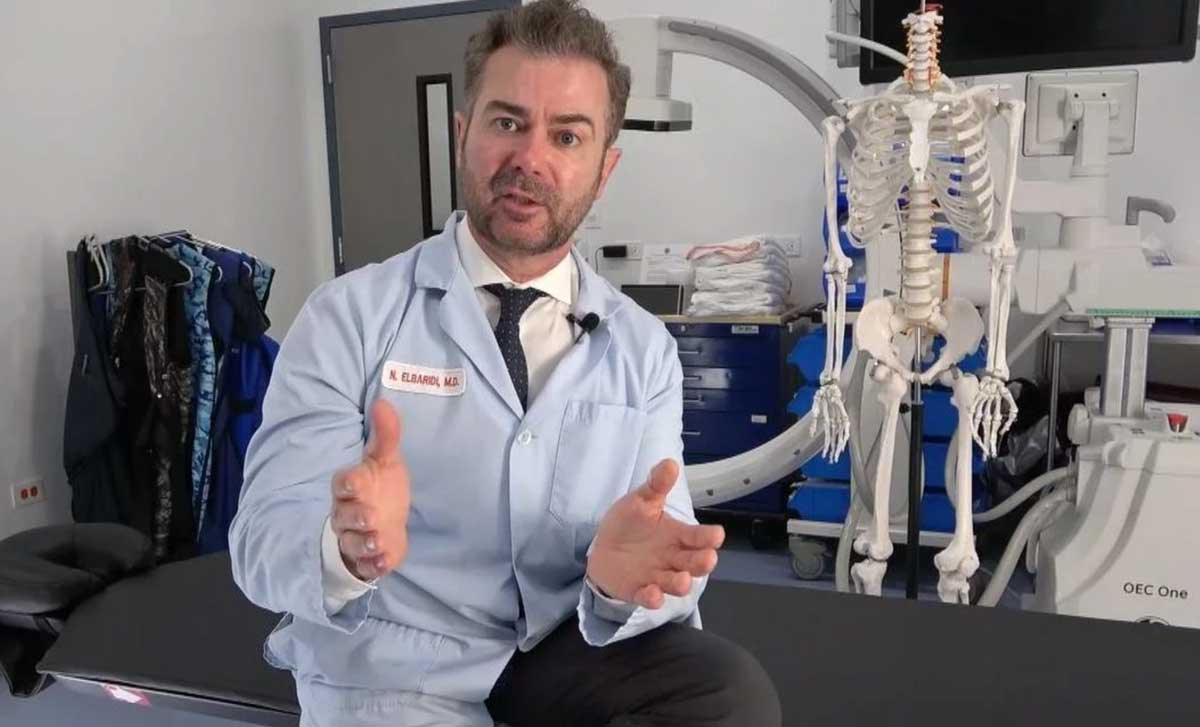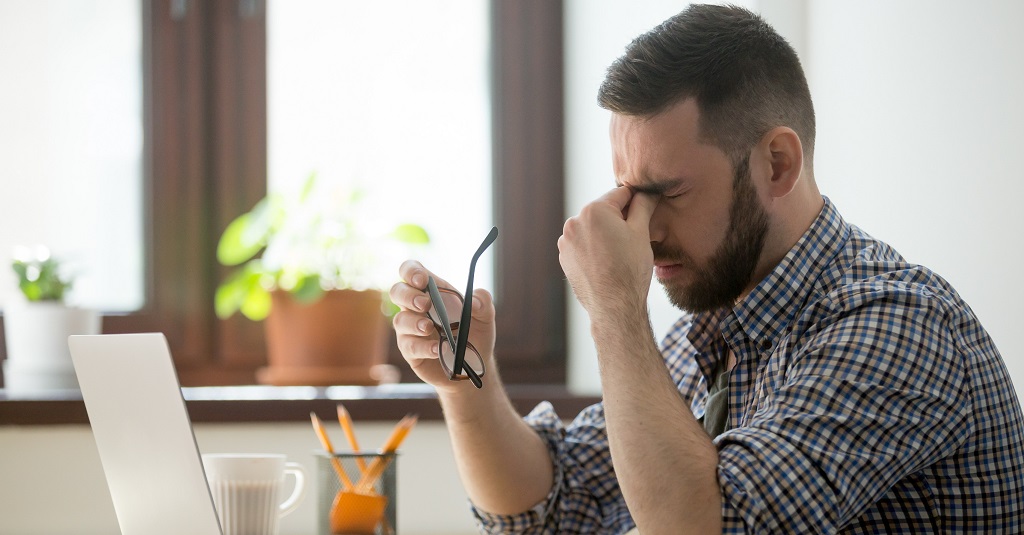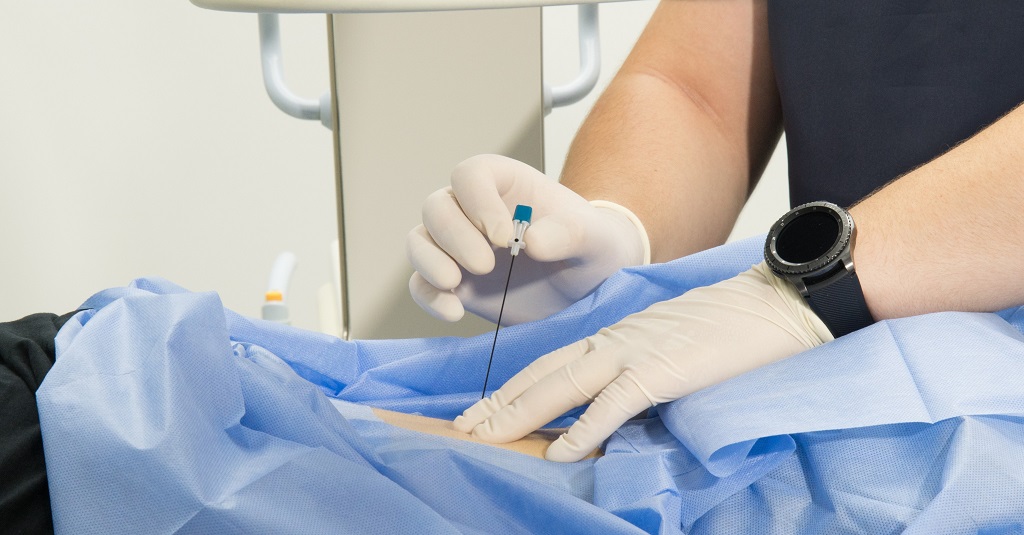Here you can cure pain from arthritis, migraines, injuries and varicose veins, beautify your face…
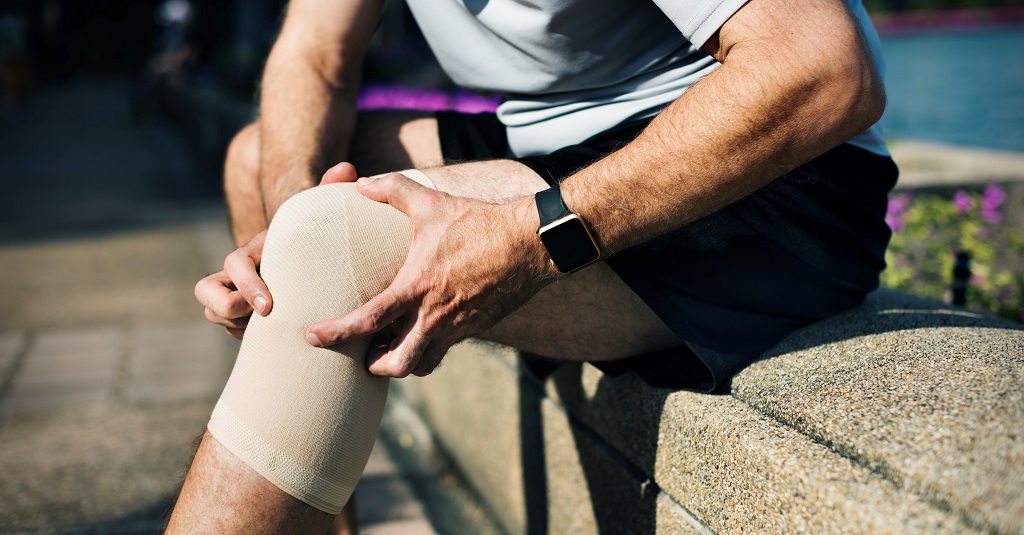
What is bursitis and how can we treat it
Bursitis is an inflammation or irritation of a bursa sac. Bursa is a small, fluid-filled sac that acts as a cushion between a bone and other moving parts, such as muscles, tendons or skin. We all have these sacs all over our bodies.
What Causes Bursitis?
Bursitis is usually caused by repeated pressure on an area or by using a joint too much. Doing the same kind of movement every day or putting stress on your joints increases the risk of bursitis. You can also get bursitis by sitting or standing the wrong way for a long time at work or home or by not stretching enough before you exercise. Sudden injury can sometimes also cause bursitis.
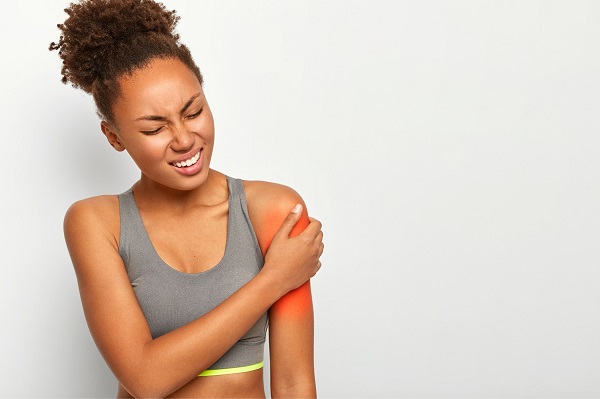
As we age, our tendons aren’t able to handle stress as well. They’re less elastic and easier to tear.
If there’s a problem with the structure of a bone or joint, that can put more stress causing bursitis. Reactions to medications, stress or inflammation from other conditions, such as rheumatoid arthritis, gout, psoriatic arthritis or thyroid disorders may also raise the risk of getting bursitis.
What are the Symptoms of Bursitis?
The most common symptom of bursitis is pain. The pain may build up slowly or it can be sudden and strong, especially if you have calcium deposits in the area. You’ll probably feel it when you stretch or extend your joint.
It can also happen that you don’t feel any pain, but have a limited range of motion. Your joint can be swollen, red and feel stiff.
How Can We Help You Treat Bursitis?
At Loop Medical Center we use PRP to treat bursitis. PRP or Platelet Rich Plasma treatment involves collecting a small amount of your blood and spinning it in a centrifuge which separates the platelets from the red cells. The collected platelets are then injected back into the injured area to stimulate healing and regeneration.
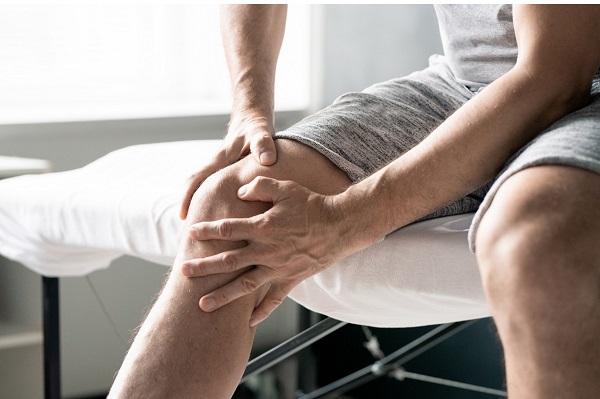
PRP injections are significantly more effective and durable than cortisone injections in the treatment of severe chronic bursitis. Patients usually see improvement in their symptoms in one to two weeks of having the injections.
What to Expect After the Treatment?
After the PRP treatment, you can feel achy and sore in the treated area. This soreness here is a positive thing. It’s a sign that a healing response has been set in motion. This effect can last for several days and then it will decrease gradually as healing and tissue repair happens. You can resume your normal daily activities and light exercise after the treatment. We suggest that you avoid lifting heavy objects or high-level exercise for at least several days after injection.
The best way to help you treat bursitis and to decrease the inflammation of bursa depends on the cause and how severe the inflammation is. All our treatments are personalized depending on our patient’s condition. Don’t hesitate to contact us if you have any questions about the treatment. We’ll be happy to answer them all and help you with your plan of care.

